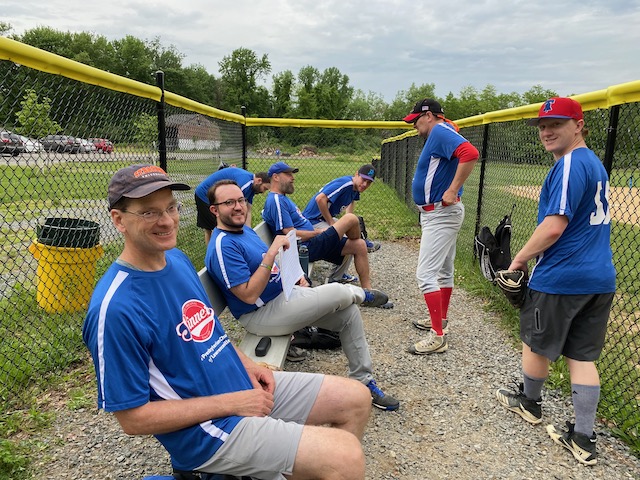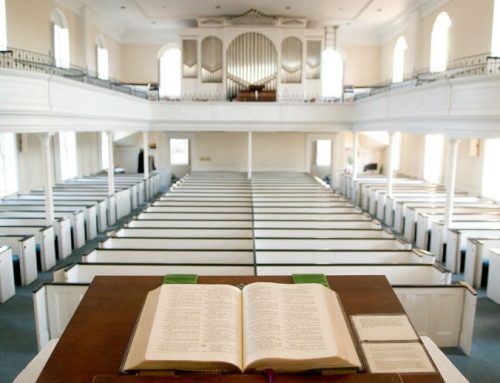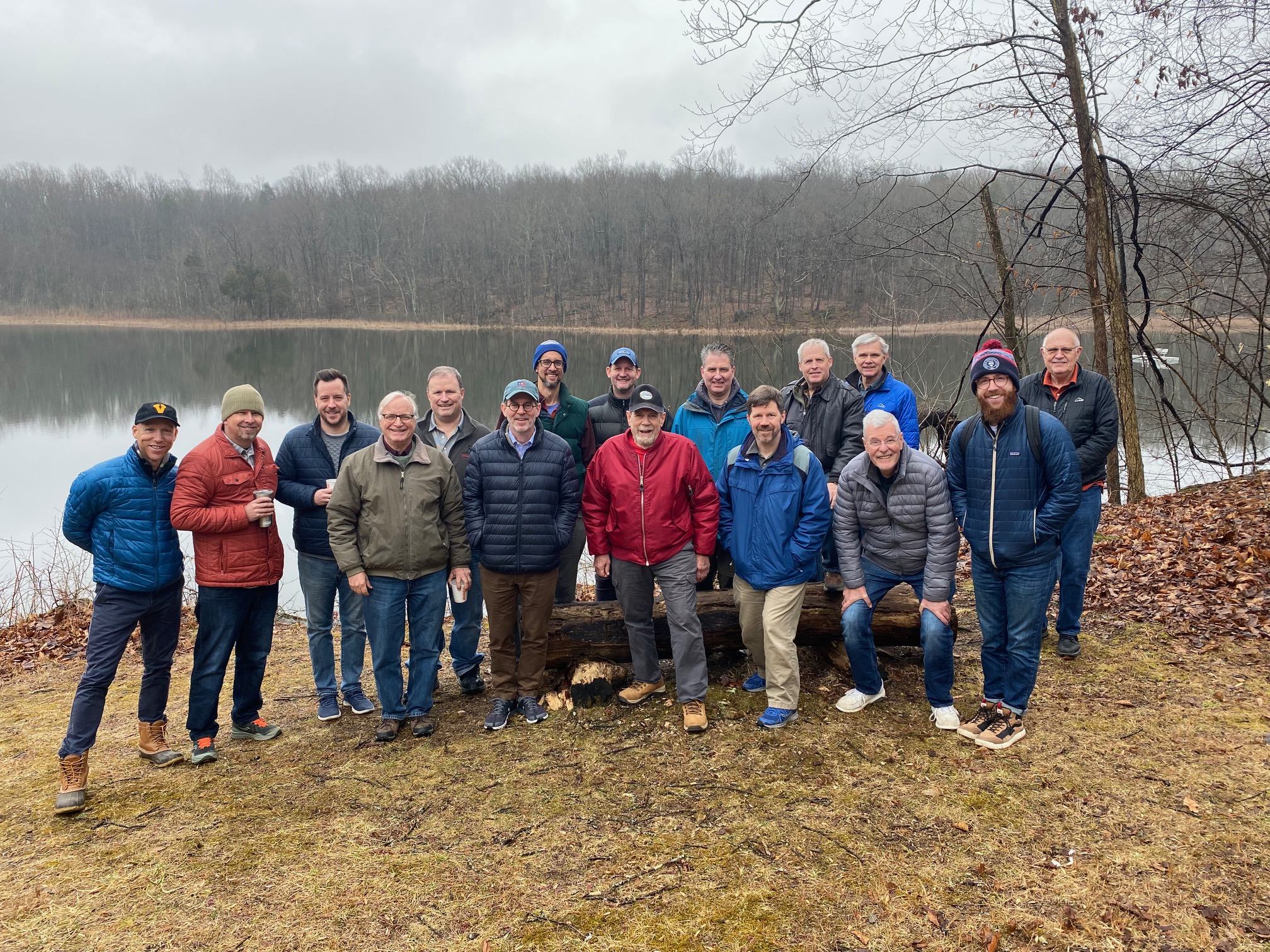First – I acknowledge the title of this entry sounds rather…strange. But to explain. I will be on vacation for the next several weeks, and we have an all-star cast of preachers lined up to reflect on the rest of the topics in our sermon series, “Questions from the Floor”: Jill Cifelli, Tom Baker, Louise Johnson, Leigh Stuckey. I’ve invited them to blog in this space too, if they wish – just an invitation, no pressure. I’m looking forward to reading what they might have to offer, if they choose to do so. I hope you keep tuning in.
Second, this past Sunday, I was faced with the challenge of preaching on the following “question from the floor”: Is there a hell? Since there is so much to say about the subject – at least as far as I’m concerned – and since such discussions can become so abstract, I chose to make the mainstay of the sermon a parable, offered as an invitation to imagine life, heaven and hell as an extended metaphor. The parable is meant to illustrate some of the historic teachings of the church about hell. I’ve reprinted it here, and invite any to comment. I have not provided the rest of my sermon, since it’s still in outline form. In a way, I wish I’d left it at this.
A Parable of Heaven, Hell and the House We Live In.
Here’s what I’d like you to imagine first. Imagine that there is a house that exists in your heart. In fact, such a house exists in every human heart, although we’re almost never aware of it. And because this is imagination and anything is possible, imagine that you are standing outside this house right now. It’s a two-story Victorian house, beautifully painted in bright vivid colors, surrounded by a garden that is thick with every kind of vine and vegetable, with flowers, and things that are delightful for the human eye and to taste. Beyond the garden is a forest, through which no one can see. And as you look upon this house, you realize that someone has given it to you, as a place to live, because you are loved.
And here’s what you need to know about this house. It’s a real house. It’s even more real than the rock on which you stubbed your toe yesterday, or the golf ball you hit two-hundred fifty yards; it’s real, but the only way to explore it is by means of imagination.
And so you go inside, and you realize that you live here; in fact it’s the house where we all live.
Then you remember that most who live there spend their time on the first floor of this house. It’s a beautiful place, but it’s also an ordinary place, with large windows that look out onto the garden; you can see the vines and flowers, but not beyond them, not past the tall gnarled trees that lie beyond the garden. All of it is room temperature, so comfortable people almost never leave the first floor. People spend their time, making baskets and candles, trading cockles and widgets, hands and arms always busy, cooking meat and tasting pudding. People laugh when they feel pleasure, and cry when the feel pain, on the first floor.
But once in a while, you might find someone asking those busy on the first floor to stop and put down what’s in their hands; someone tries to teach them, to remind them that there’s a second floor to this house, telling them what they will find if they bother to climb the stairs and take a look around, just for a while even.
And so once in a while people do go up to the second floor, which you enter at the top of the stairs through a curtain of pure light. It’s much brighter here. You see art on the walls that looks more real than life itself: on the right is a painting of a red wheelbarrow drawn impossibly with words and not colors, making the thing seem more red than red itself. At the end of the hallway, there’s a clock made of gold that sings instead of telling time.
All of it looks more beautiful because of the light, streaming through those windows.
If you look out of one, you will see the sun, instead of the shade, the reflected light that illumines the furnishings on the first floor below. People look out the windows and from there you can see over the garden, over the ancient trees, into the horizon to see things as they are. Looking through those windows, people see that the world that exists outside the house where they are living is so much bigger than they ever imagined; they yearn to find what lies there, on the golden horizon, someday.
To look out those windows – it does something to them. They sing without words, or even music and simply stay silent. They dance without having ever practiced. They look into each other’s faces as if they were seeing their own faces, more beautiful than they’d ever imagined them to be. The sick and wounded and depressed go there and become well when they discover they can heal others.
And there are some people who spend a lot of time up there; there are people who live there. But most only visit a short while, until they feel the pull of the first floor, of the work they have to do, and the people they have to meet, the food they have to cook and the family they have to tend.
But there’s something else about this house. There’s a basement. Why is there a basement? It has to be part of the design. A house has to have a foundation, a basement. And it never was a place where people were meant to go, but someone, one day, found the door – more like a utility hatch you can pry open. And he went in, down into the darkness; he thought he was a pioneer, an explorer. But soon enough he led others, certainly many others followed him down there into the basement. Into the dark.
They discovered that there was a place where they could fulfill their immediate desires, without anyone seeing them, down there in the darkness. They were together in their aloneness. They could scratch any itch that came to them, fill any immediate pleasure. And what was most appealing about this place: they were convinced they were free, because they could do exactly what they wanted.
There in the basement, it’s a place where wounds do not heal. People go down into that basement to enjoy their injuries; to compare them to those others whose wounds cannot be seen, only described and deliciously tended.
Down there in the darkness, people are able to do what they will – they trade revenge and savor envy, and cherish their hatreds, lashing and cutting each other in the shadows. Some partake in the ultimate feast of the people of the dark: taking life itself from one another.
Most people go down there, and get scared enough to go back upstairs right away. Some visit regularly. Many visit so long that it gets harder and harder to survive the sting in their eyes and the soreness in their joints when they return to the first floor. And others, still others have gone so far down in that basement, for so long in the dark that they cannot return, ever, because they have lost all power over the darkness. And that is the greatest irony. Because darkness has no power at all. It is simply the absence of light. These are the people who have forgotten that light exists at all.



